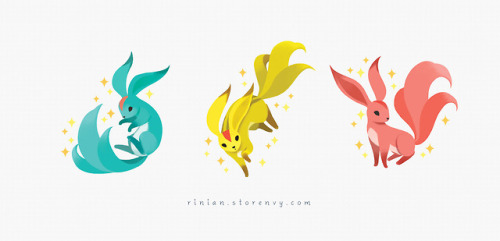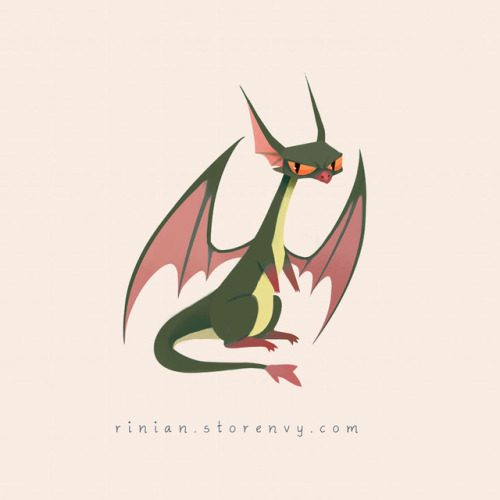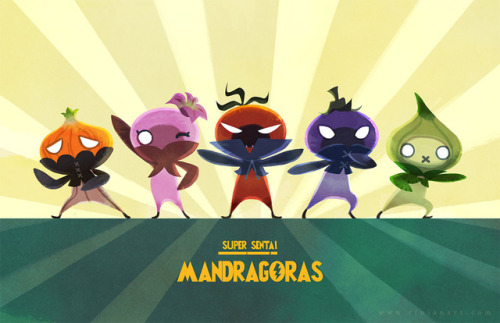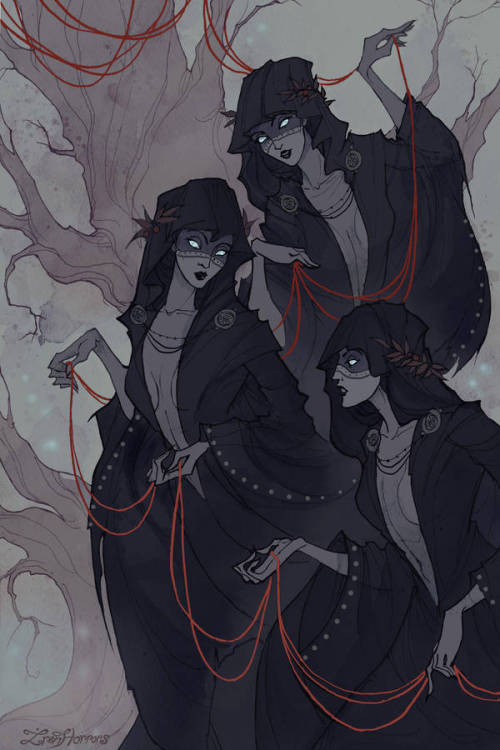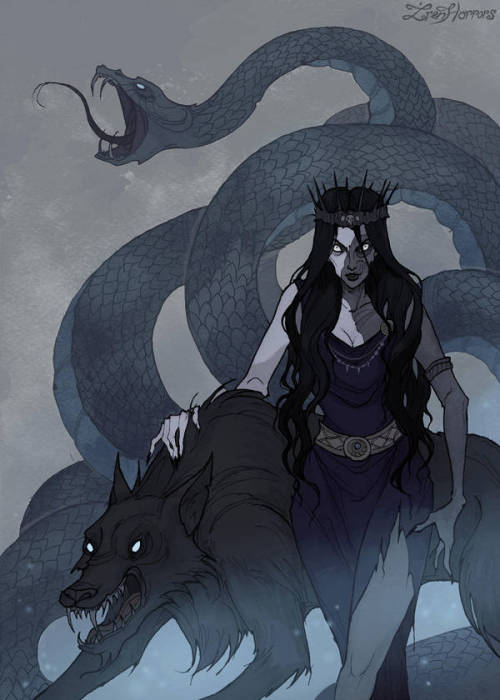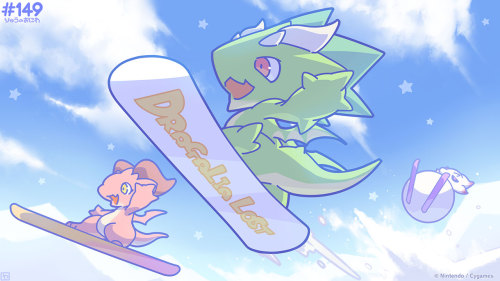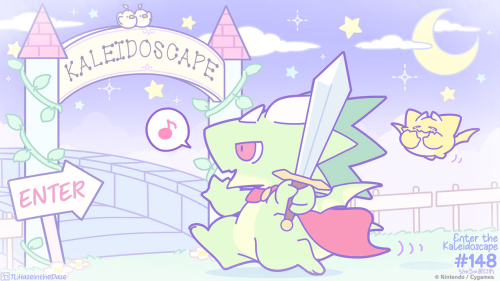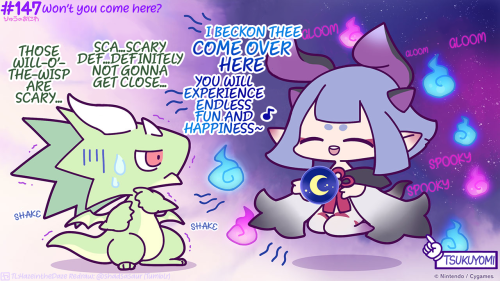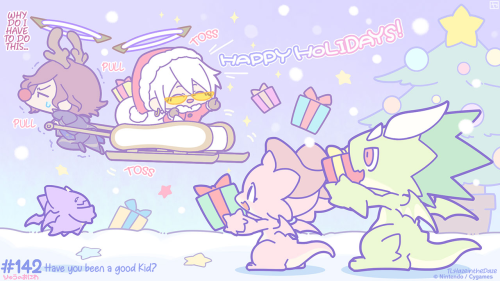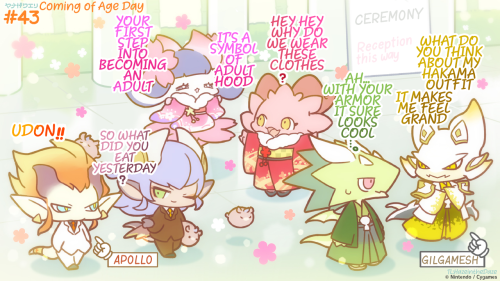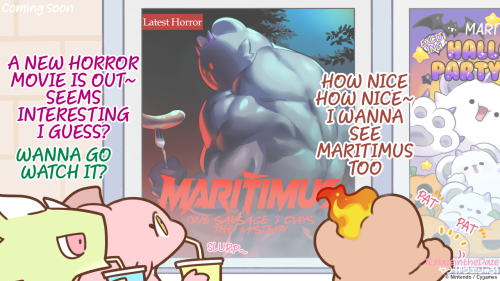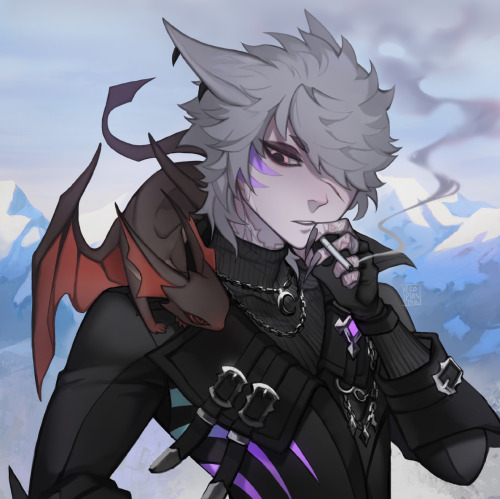#midgardsormr
One of the symbols used to represent Loki is that of two snakes, circling one another to form an ‘S’ shape, and biting the tail of the other (years of archaeological evidence; see Rundkvist below).
Loki is connected to the snake in a number of ways.

Jormungandr, the giant serpent of Loki’s offspring, is said to be so big that he/she can circle the world and bite his/her own tail (Gylfaginning 34), (Thorsdrapa 1).
In an older version of the myth about Idunn’s kidnapping by Thjassi, Loki turns into a snake at one point to wriggle into the room in which the potion of longevity (similar to Idunn and her apples) is being kept (Skaldskaparmal 5).
A snake was also used to punish Loki after the events of Lokasenna. Loki was tied down, and the snake was tied above Loki’s head, so that its venom dripped directly onto Loki (final prose section of Lokasenna).
Another notable serpent in Norse mythology is the Nidhogg, a being that feeds on the roots of the world tree Yggdrasil. However, Nidhogg is not directly associated with Loki in any significant manner (Grimnismal 32-35), (Gylfaginning 15).
Sources:
-Rundkvist, Martin. “Snake Brooches of South Scandinavia.” <http://www.academia.edu/313476>
-image used with permission from <http://aomiarmster.tumblr.com/post/27782533517>
-Gylfaginning, Prose Edda. <http://www.sacred-texts.com/neu/pre/pre04.htm>
-Thorsdrapa, Prose Edda. <http://www.nordic-life.org/nmh/thoreng.html>
-Skaldskaparmal, Prose Edda. <http://www.sacred-texts.com/neu/pre/pre05.htm>
-Lokasenna, Poetic Edda. <http://www.sacred-texts.com/neu/poe/poe10.htm>
-Grimnismal, Poetic Edda. <http://www.sacred-texts.com/neu/poe/poe06.htm>
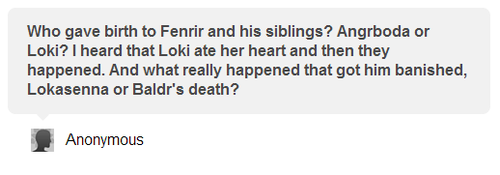
The birth-mother of Fenrir, Hel, and Jormungandr is, for the most part, said to be Angrboda, with Loki as the father. I disagree with this claim, and believe Loki to be the birth-mother. There is support for both the former and latter, but that point is not made clear enough in our surviving sources to make a proper conclusion.
The idea of Angrboda as mother of the brood has merit in its simplicity. Most people assume the female to be the mother, and the male to be the father. Angrboda is female, Loki is male. The mother/father is not explicitly stated, so perhaps the simplest explanation should be assumed.
This claim also tends to go hand-in-hand with the assertion that Angrboda is Loki’s mistress or other wife in Jotunheimr, but this seems completely unfounded to me. There is really no evidence of a relationship having ever existed between the two, or that they even knew one another. I suppose Loki’s self-professed promiscuity could explain him fathering children with a completely arbitrary woman, but casting Angrboda as Loki’s wife seems to be too lazy an assumption.
The incident on which Loki eats a woman’s heart comes from Hyndluljod, a source more dated than Snorri, in the Poetic Edda; as such, I feel the references therein are more accurate to authentic Norse mythology. The account is incredibly vague, and all that is revealed is that Loki eats the half-cooked heart of an “evil woman” that he takes from the embers. He becomes pregnant from this, and gives birth to “the monsters” (flagð). It is not made clear to which “evil woman” the heart belongs, or to what beings “the monsters” refers.
“The monsters” may refer to Fenrir, Jormungandr, and Hel – they are indeed the most suited for the title, among Loki’s other offspring.
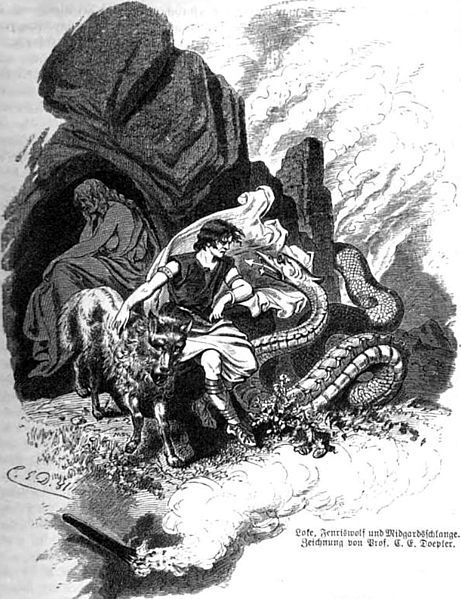
These three “monsters” are usually attributed to the union of Angrboda and Loki, so if it is assumed these three are “the monsters”, then it must also be assumed that the heart belonged to Angrboda. One section of Hyndluljod states that Loki gained the wolf (Fenrir) by Angrboda, which may imply that it was Loki impregnated by Angrboda.
The heart that Loki ate is a mystery all on its own, and its origins should be considered before attributing it to Angrboda. It came from an “evil woman”, Loki took it from the embers, and it was half-cooked. The Voluspa, another entry in the Poetic Edda, mentions the Aesir-Vanir war, which came about when an “evil woman” named Gullveig was thrust with spears and burned by the Aesir in Odin’s hall. We are told she was burnt and reborn three times over, and even that was not enough to destroy her. Perhaps a half-cooked heart remained, and this was the one Loki ate? Angrboda’s heart was said to be frozen like the sea spray, so this may be why the heart did not burn when the rest of the body did. Loki’s reason for eating the heart may have been to prevent further resurrection, which is very similar to Loki’s countless outlandish solutions to unsolvable problems facing the Aesir.
There is a great deal of evidence, although still not fully accepted, that Gullveig and Angrboda are one and the same. I’ll go into Angrboda/Gullveig/Heid in detail in a later post – I need to answer your question first and foremost, and if I start talking about Angrboda, I’ll never get around to it. Angrboda is written as Aurboda in Svipdagsmal, which gives the name the exact same meaning as Gullveig. “Aur” and “Gull” both mean gold, and “boda” and “veig” both refer to a strong alcoholic drink. From the above, although there is no concrete proof, there is a clear possibility that Loki was impregnated by eating Angrboda’s heart, and thus gave birth to his famous monstrous brood.
It is simplest to assume the female Angrboda as the mother, and the male Loki as the father, but we also have evidence to the contrary. There is a bit of confusion on this point, and it seems to be intentional. Angrboda is sometimes called the father, and Loki the mother, and then vice versa. Perhaps this is intended to call attention to the fact that the parentage is different from what is expected. Loki’s androgyny is definitely a theme in many of his myths, and Angrboda’s androgyny is also mentioned at one point (An observer cannot decide if Angrboda is a woman, or a man disguised as a woman). This may be further evidence of their mismatched parental roles.
Furthermore, in Helgakvida Hundingsbane I of the Poetic Edda, two characters are insulting one another by comparing one to Loki, and the other to Angrboda. The character comparing himself to Loki says to his Angrboda-like opponent that they produced the wolf together, and that he was the father. The Angrboda companion corrects him, saying that Loki is not the true father, and that he was emasculated by giving birth to the wolf. If Loki became pregnant by eating Angrboda’s heart, then it was Angrboda’s seed that fertilised Loki, making Angrboda the true father.
So there you go. We don’t know for sure whether the father is Loki or Angrboda, but I believe it was Angrboda, and there is indeed a good deal of support for this idea. There is some more evidence, but it requires a lot more explanation, so I might go into it again once I’ve properly explained Angrboda on this blog.
As for Loki’s banishment/getting bound, it was caused by the events of Lokasenna. For the most part, it seems that the gods bound Loki because they were really angry that he had slandered all of them. Granted, some of the slander was pretty bad, but a lot of it, if not all, was true. Loki knew everybody’s dirty little secrets, and when he revealed them all at the Lokasenna, he got into some trouble. I will write a post on Baldr’s death, and another on Lokasenna as soon as I can – sorry it’s taking so long! I’m pretty busy with university right now, and my major is Chemistry, which is about as far from Norse mythology as you can get…
Many of the figures in Norse mythology are known by several different names, as well as different phrases that describe them (called kennings). The following is a list of some that refer to Loki, and I will update the post accordingly as I find or am informed of others. A lot of the kennings provided by Snorri are found nowhere else, and are somewhat inconsistent, so I only included a few.
Loki’s Names: Bekki, Blind, Gammleid (leader of amusement), Haloge, Hvedrung (roarer), Lodur, Logaþore, Loge, Lôgna, Logi, Lokkji, Lopt (lofty), Sataere
Loki’s Kennings: brother of Byleistr, brother of Helblindi, blood brother of Odin, confidant of Thor, friend of Odin, friend of Thor, fromkveda flaerdanna (seductive speaking), gift bearer, harmer of Sif’s hair, laugaz (blazing god), laugatjanaz (blazing one), prisoner of Geirrodr, rogur (slanderer), scar lip, sea thread’s father (the sea thread is a kenning for the Midgard serpent), sky walker, slaegi (sly), slaegurtyr (sly god), staunch friend of Hoenir, thief of brisingamen, thief of giants, thief of Idunn’s apples, vaelandi (debasing), villi-eldr (blazing), wolf’s father
Bonus: One kenning used to identify Thor is bragdmilldr Loka (compassionate to Loki)
A Jotunn called Rasvalg once caused a great deal of trouble for Midgard. In the form of an eagle, he fanned great gusts of wind across the land, causing plants, animals, and men to die. Loki and Thor resolved to put an end to this mischief, and set out for Jotunnheimr in Thor’s goat-drawn chariot. While passing through Midgard, they stopped to rest one night in the home of a poor farmer with a wife and two children. The family did not have enough food to properly accommodate their guests, so Thor slaughtered his two goats to feed the group. Thor asked that the bones be laid on the skins when the meal was finished, and that no one break the bones.
Sensing an opportunity for mischief, Loki suggested to the farmer’s son, Tjalfe, that he should break open the bone to eat the marrow inside, reasoning that it was the best part, and contained magical properties. Tjalfe agreed with Loki’s logic, and did as was suggested. In the morning, Thor resurrected his two goats from their bones and skin, using his hammer. But one of the goats was lame, because of Tjalfe’s actions.

Thor was furious at the insubordination, but the father eventually managed to quell Thor’s temper by offering his two children, Tjalfe and Roskva, as servants. They would accompany Thor and Loki to Jotunnheimr, and the group would return after their mission to retrieve Thor’s two goats.
They set off once more, and that night they found a cave that contained five different passages. Startled by roaring sounds outside, they hid themselves in the back of the smallest passage and stayed there for the night. When they awoke and emerged from the cave, they found that the sound had been the snoring of a giant Jotunn, and the passage of what they thought was a cave was actually the thumb of the giant’s glove. The giant introduced himself as Skrymir, and offered to accompany the group. He took it upon himself to carry their provisions, but the giant’s strides were so long that the group could not stop to rest at all, and they were not able to eat all that day.
When Skrymir finally stopped to sleep for the night, the group was famished. They attempted to open the bag to their provisions, but they could not untie the knots with which the giant had sealed it. Even Thor’s immense strength was no match. Frustrated, Thor attempted to wake Skrymir, but the task seemed impossible. Thor threw his hammer three times at the giant’s head, each time with more force than the last. But Skrymir only mumbled that a leaf or an acorn must have fallen on him, and he promptly returned to sleeping each time.

They set out again the next day, and Skrymir announced that he was going on ahead, and they quickly lost sight of him. Eventually, Thor, Loki, and Tjalfe arrived at the castle of the Jotunn Utgarda-Loki (no relation to Loki). The group proceeded to attempt a series of contests, in order to prove themselves worthy of staying at the castle. Loki, hungry from losing his provisions to Skrymir, offered that he could eat more than any Jotunn there, and thus, an eating contest was begun. Loki and his opponent Logi began eating at opposite ends of a trough, and they both reached the exact middle at the same time. However, Loki had only eaten the food, while Logi had eaten the food, the bones, the dishes, and the trough, so Loki lost.
Tjalfe fancied himself to be a swift runner, so he competed against one called Hugi in a footrace. Although Tjalfe was indeed faster than most, he too was defeated by his opponent. Thor then asserted that he could drain a drinking horn, and so a horn was provided for him. Thor drank until he was about to burst, but could only lower the level by a small amount. It was then suggested that Thor lift Utgarda-Loki’s cat, but in this task Thor could only lift one paw. Finally, a feeble, elderly woman named Elli was called out to wrestle with Thor, and in this task too Thor was defeated.

Utgarda-Loki escorted the three humbled guests out of his castle, and once they were outside, he revealed to them that they had been tricked. Fearing the strength of his visitors, Utgarda-Loki had disguised himself as Skrymir, and he had tied up their food so they would be weak with hunger when they arrived at his castle. When Thor had attempted to strike Skrymir’s skull with his hammer, the hammer blows instead had fallen on a nearby mountain, and the force of the blows had created three deep valleys. If any one of the blows had struck Utgarda-Loki, he would have died.
Loki’s eating contest had been against fire, which consumes everything in its path, so it was incredible that Loki was able to perform as well as he had against the flame. Tjalfe’s footrace had been against thought, which works quicker than anyone can run. Thor’s drinking horn had been attached to the sea itself, and Thor had actually managed to lower the level of Midgard’s oceans with the amount he drank. The cat Thor was tasked with lifting was in fact Jormungandr, the Midgard serpent so large it encircled the world, so lifting its paw was an incredible feat of strength. Finally, the old woman had been old age itself, and old age eventually brings everyone, even gods, to their knees. That Thor had lasted as long as he did was better than anyone could have achieved.
Utgarda-Loki apologised for the trickery, but confessed that he was right to do so, because the strength of the group was terrifying, and he could never have beaten them through honest means. Thor raised his hammer, frustrated that he had been made to look a fool, but before he could attack, both Utgarda-Loki and his castle had disappeared. Tjalfe and Roskva returned with Loki and Thor, and served Thor from then on.
Angrboda was a Jotunn witch who sowed seeds of discord wherever she went. She was responsible for provoking the lust for gold, and cheating and murders in Midgard. Acting on behalf of the Jotunns who desired to destroy the Aesir and Vanir, she had used her trickery to create a vast divide between the two. She was eventually discovered and burned for her actions, but she was not so easily destroyed. Her body burned away, but her heart did not. From these remains, Angrboda was able to resurrect herself in entirety. As long as her heart was intact, she could continue to revivify.
The executors promptly attempted to burn the witch a second and third time, but each time, she resurrected, burned, and the heart remained. Loki saw that this game would go on forever if they did not dispose of the heart, so before Angrboda could resurrect again, Loki rushed forward, pulled the heart from the flames, and swallowed it.

But even with that, Angrboda’s evil was not completely destroyed. From the heart he had swallowed, Loki gave birth to three beings: Fenriswulf, Midgardsormr (or Jormungandr, as it was called by the Jotunn), and Hela. Fenriswulf, a large grey wolf, would go on to bite off the hand of the battle god Tyr, herald the beginning of Ragnarok by escaping his bonds, and destroy Odin in the final battle. Midgardrsormr was a serpent who would grow so large he encircled the world, and in the final battle he would destroy the mighty Thor. Hela, a normal woman on one half of her body and a corpse on the other, was the only one of the three who was not destined for evil. She would go on to become caretaker for the dead who were not killed gloriously in battle, in the realm of Niflheim.

Angrboda’s evil also persisted in the tension she had introduced between the Aesir and Vanir. Despite her death, her actions still resulted in a war between the two. In this way, Angrboda had succeeded.
FINE, he gets ALL the bread!


Midgardsormr from ff14 just gives me kitty vibes~

roll him out like a big lump of dough
Ksenia Svincova has created some dark and fantastical artwork inspired by Norse Mythology.
Featured here:
The Norns
Freyja
Idunn
Loki
Loki’s Children
The Wild Hunt
Skadi
The Punishment Of Loki
Post link
#150 Respectable Seniors
Translation note: The original title is “Senpai and company” but since I do try to localize the minis when possible I used “Respectable Seniors” instead. Give me a suggestion for a better title if you wish!
Post link
#148 Enter the Kaleidoscape
Translation notes:
The actual title is “Kaleidoscape Labyrinth”, the Japanese name for the Kaleidoscape quest. I used the official localization instead “Enter the Kaleidoscape”
And with this all the Minis up to this point have been translated. Thank you for your support and patience
Post link
#147 Won’t you come here?
Credits:
Sincere thanks to @shadsasaur for helping me with the backgrounds of this mini. Saved me a whole lot of time and allowed me to complete translating all the minis today.
Post link
#43 Coming of Age Day
Translation Notes:
Coming of Age day/Adults day or “成人の日“ (Seijin no Hi) is a Japanese National holiday held annually on the 2nd Monday of January. It honours evert person that has turned 20 years old over the past year, when youths reach 20 they are considered adults in Japanese society and have new responsibilities and liberties such as being able to drink, smoke, gamble and drive legally.
During the ceremony, girls normally wear expensive Kimono (Sakuya and Brunhilda), while boys would wear the traditional Hakama (Gilgamesh and Midgardsormr) or Western suits (Apollo and Marishiten). (Source: personal experience from family members)
Post link
#29 Hello? What’s Down?
Translation notes:
I made Chtonius speak in a more refined way to present his generation difference between the other greatwyrms. The title of this Mini is actually “しもしも?” (Shimo Shimo) which is a flip of the usual “もしもし” used in Japan when they answer the phone. I could not find actual context for this other than an old Japanese comedian says “Shimo Shimo” as a joke. So instead I decided to focus on the generation gap Chtonius faces so mercury uses “What’s Up” and thus he would be confused and use “What’s Down”
Post link

sticker sheet of tiny dragons i’m giving out as a freebie at anime expo with every purchase until i run out! i’ll set aside some of them to include free with online orders for those who won’t be attending

